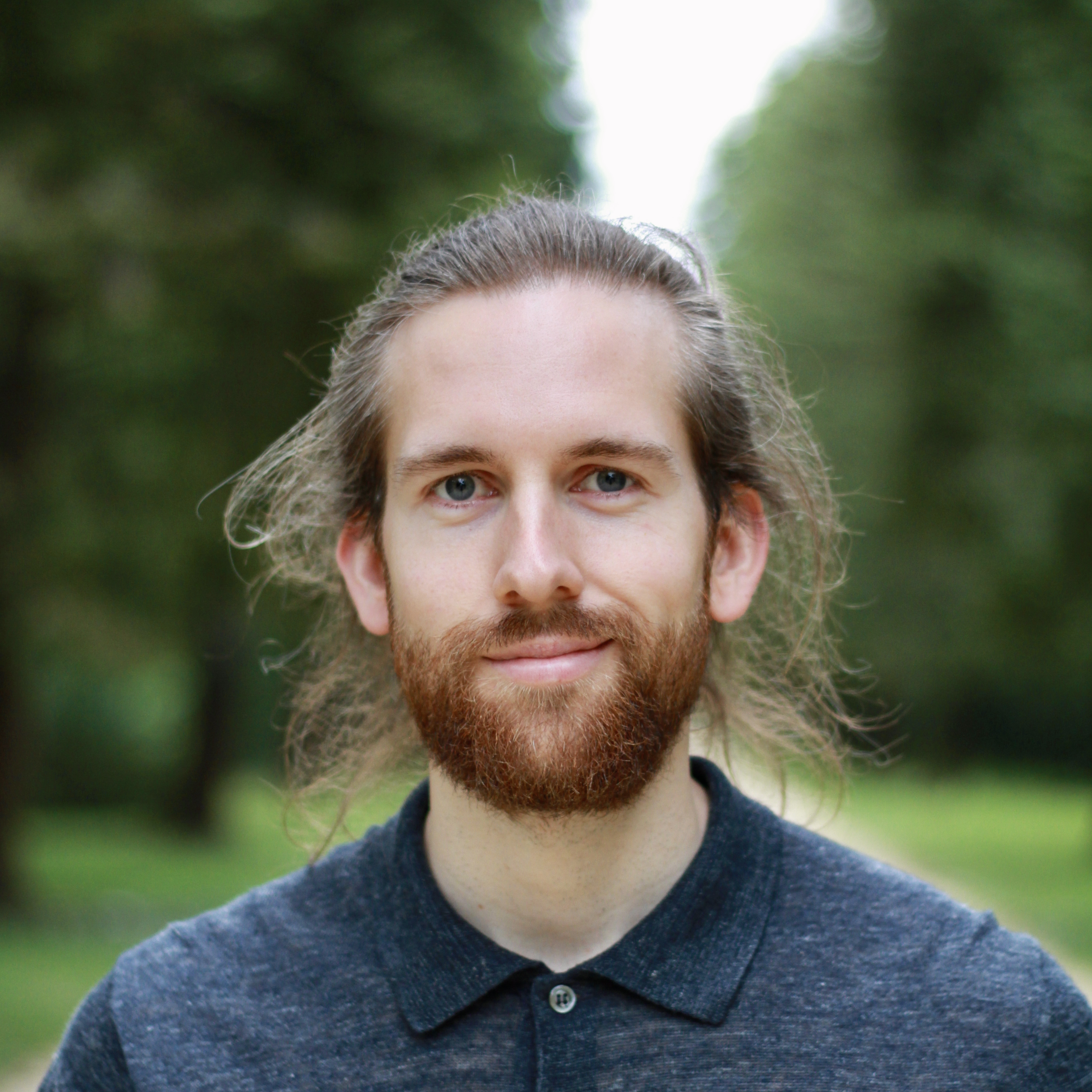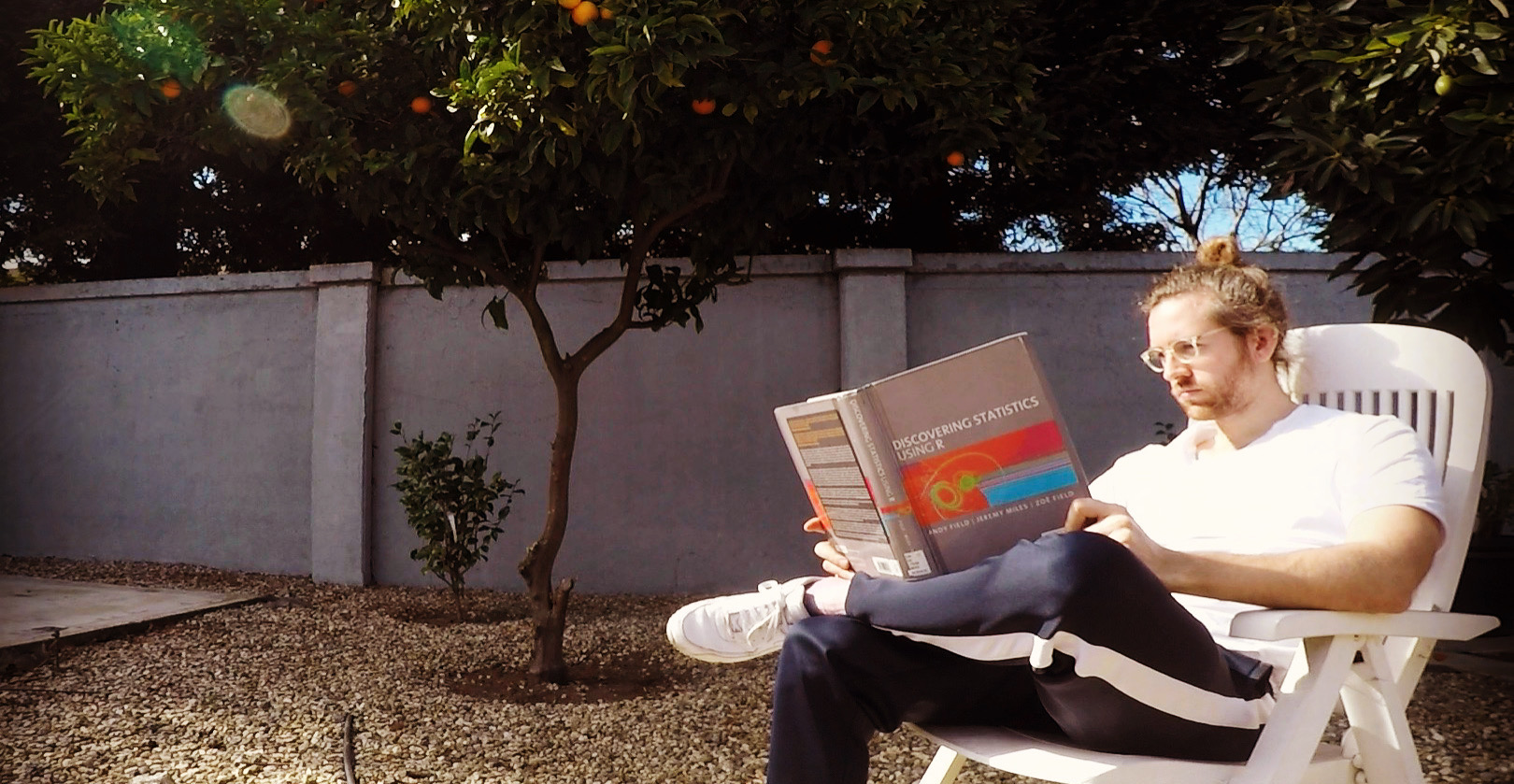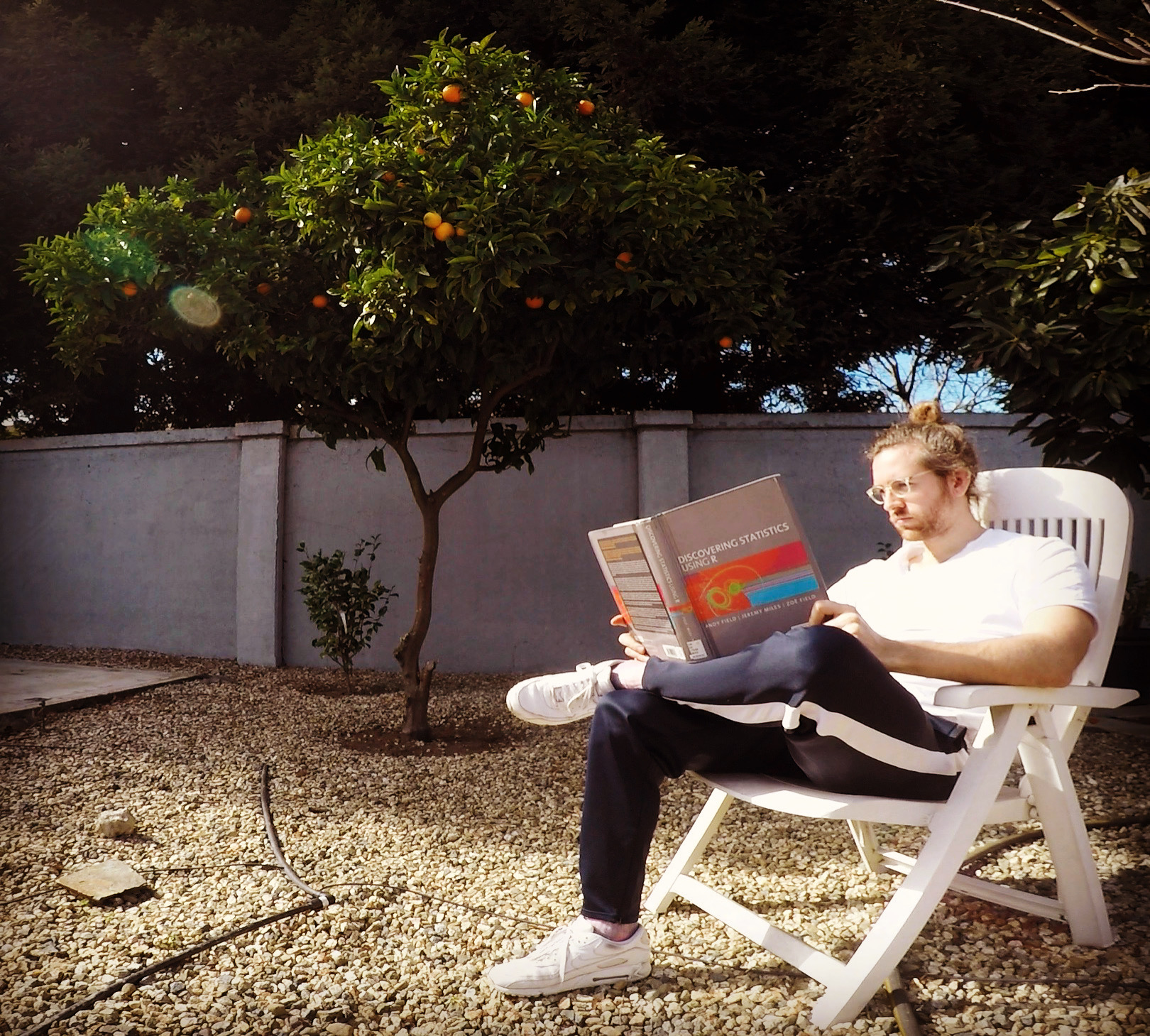Memories of Stanford
 Moritz Gerster
Moritz Gerster
During my Master's in Physics, I had the opportunity to visit Josef Parvizi from Stanford University for a lab rotation. The visit was delayed several times, but I was lucky to finally arrive there in February 2020 - just enough time to get some work done before California was locked down.
My first days in the Stanford University hospital were a bit overwhelming. My supervising postdoc and I huddled over the computer screen, squinting at the latest batch of analysis results. "ANOVA," he muttered, "paired two-sample t-test," "degrees of freedom," "box plots", and "cluster analysis." When he realized, I didn’t understand a single word, he looked at me as if I tried repetitively to insert a USB stick into my belly button. “You have never seen a box plot before?!”
As a physicist, I was used to precise theoretical predictions and exact experimental results. But in neuroscience, the data is noisy and obtained in complex experiments that are performed on strongly varying individuals. It's a world where a lot of statistics is necessary. The postdoc handed me a one-pound book and told me to study it during the weekend.

Subscribe to my newsletter
Read articles from Moritz Gerster directly inside your inbox. Subscribe to the newsletter, and don't miss out.
Written by

Moritz Gerster
Moritz Gerster
Three years of clinical neuroscience experience in five countries. Studying neural synchronization in Parkinson’s disease and epilepsy. Wide-ranging comprehension of electrophysiology, deep brain stimulation, machine learning, and signal processing.